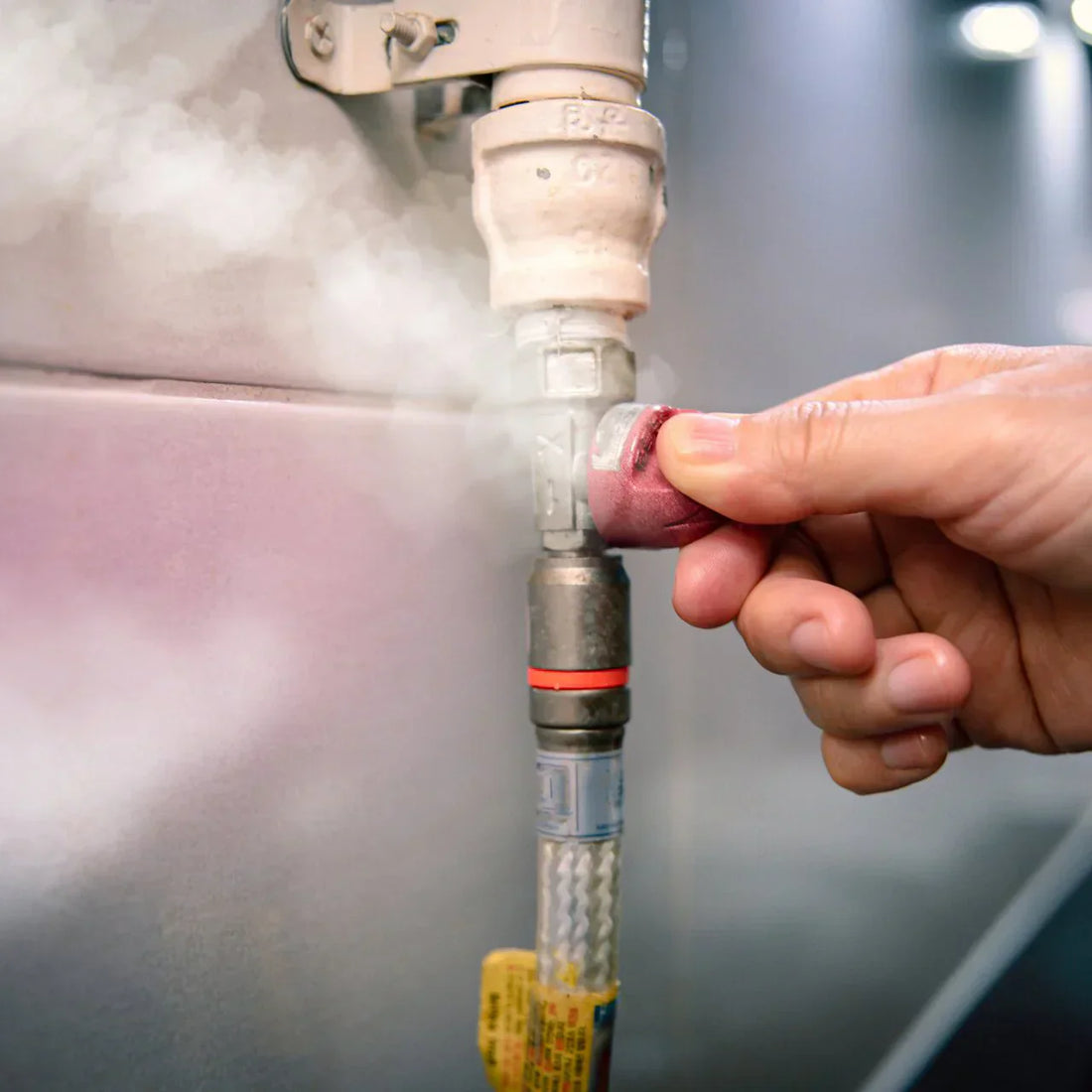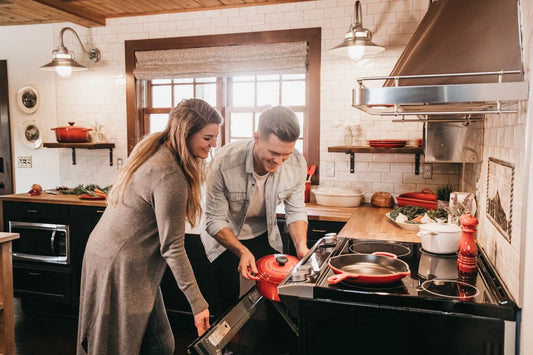Invisible danger in the home - why refrigerants should be taken more seriously

Refrigerants? Sounds like a technology that only experts are interested in. But what many don't know is that these gases have been circulating in more and more households for a long time – and in an emergency, they can be harmful to health or even fire hazards. Time to take a closer look.
🔍 What are refrigerants anyway?
Refrigerants are special gases that transport heat in closed circuits – they enable heating, cooling, or dehumidification in modern appliances. In private households, we encounter them primarily in the following areas:
-
Heat pumps (Heating & hot water)
-
Split air conditioning systems
-
Dehumidifier
-
Refrigerators and freezers
-
Beverage coolers or wine coolers
-
Mobile air conditioners
-
Motorhomes with a cool box or air conditioning
Many of these systems use fluorinated gases (F-gases), so-called R-refrigerant such as R32, R134a or R410A.
⚠️ What risks are there in the event of a gas leak?
🧪 1. Health effects
Refrigerants are often harmless in small quantities – but a leak can be critical. Most gases are colorless and odorless, so you don't notice them immediately. If they enter a small, poorly ventilated room in large quantities, they can lead to:
-
dizziness
-
nausea
-
Headache
-
shortness of breath
– in the worst case even to fainting due to oxygen displacement.
💥 2. Risk of fire and explosion
Certain refrigerants such as R290 (propane) or R32 are Highly flammable . A spark or a hot surface is enough to start a fire. Particularly critical: basements, utility rooms, or behind wall paneling.
🧊 3. Invisible, odorless, silent
Unlike natural gas or smoke, a refrigerant leak can be cannot be detected with the senses . Many gases escape silently – a release often goes unnoticed for hours or days.
🏡 Where is the risk particularly high in the household?
| Device / Area | risk | Typical example |
|---|---|---|
| Heat pump in the basement | high | poorly ventilated, high fill level |
| Split air conditioning system | medium | Line through wall, capacitor outside |
| Fridge-freezer combination | small amount | small filling quantities, but often overlooked |
| Motorhome / Camper | high | small air volumes, many devices |
| Technical rooms | high | many devices, little control |
✅ How can I protect myself?
-
Have devices serviced regularly
-
Ventilate rooms with technical equipment well
-
Take leaks seriously if there are unusual smells, noises or disturbances
-
Use gas detectors if there are large quantities of refrigerant in a room
🛡️ Smart solution: Gas detector with external sensor
A gas warning system such as the GX-K1 or GX-K2 with external sensor from Elektrotechnik Schabus detects many of these dangerous gases early on – before they become dangerous. A particularly practical feature is that the sensor is connected via a cable and can be mounted directly where the leak is most likely to occur – e.g. at the pipe connection of the heat pump.
Ready to plug in, reliable, designed for private use – for more security in the home, basement and utility room.
🔚 Conclusion: Refrigerants are useful – but not harmless
The more modern our building technology becomes, the more refrigerants circulate in everyday life. It's worth taking these silent helpers a little more seriously – and keeping an eye on potential risks.



